Weight-loss medications have been the talk of the town in the past couple of years, with the most renowned names being Ozempic and Wegovy. While they were originally formulated to manage the blood sugar levels of those with type 2 diabetes, they also showed great results in weight management.1
These semaglutide-based medications found a new, off-label identity as powerful weight management tools. Praised for their effectiveness, they have become synonymous with rapid transformations for their users - endorsed by celebrities, influencers, and many more.
The conversations have now shifted to the unintended side effects that come with rapid weight loss, especially those surrounding the face and body contours. As patients start dropping kilos, many noticed effects like sagging skin, deflated features, and overall loss of volume in their looks, even in the areas they never anticipated (or intended). This has now given rise to an aesthetic concern - how to restore what’s lost, and hopefully without surgery.2-5
How Ozempic Works
To understand the aesthetic effects it has, it’s important to first learn how Ozempic works. It mimics the naturally occurring hormone in our body called the GLP-1. This hormone is naturally released after eating to balance our blood sugar and help us feel full. Ozempic manages to perfectly replicate this hormone, playing a key role in regulating our blood sugar levels and suppressing appetites. As a result, users are able to see a dramatic drop in their weight in a relatively short time.5
While this weight loss can be considered a great benefit, the speed of this transformation can result in noticeable physical changes (that may be deemed as unwanted). These changes are more apparent in areas such as the face, buttocks, arms, and thighs, where fat plays a big role in their shape and contours.2-5
Ozempic & Volume Loss
For many, the weight loss that comes with using Ozempic is a significant goal that they have been looking forward to for a long time. But the unexpected effects that come with the sudden shift in their appearance can end up being a huge negative. Terms like “Ozempic Face” and “Ozempic Butt” are now going hand-in-hand with the treatments. They’re used to describe the hollow and sagging look that follows when fat disappears too quickly for the skin to keep up.
Some of the most common post-weight loss issues can include:4,5
- Sunken cheeks and hollow under-eye area
- Loose/sagging skin around the jaw and neck
- Flattened buttocks due to fat depletion
- Skin laxity in arms, thighs, or abdominal areas
These changes aren’t just an aesthetic concern, as they can have a huge impact on self-esteem and emotional well-being - especially if this transformation doesn’t align with how the user feels or expects.
Why Does This Happen?
Even though most may not think so at first, fat does play an important structural role in the human body. It provides volume, support, and contours in key areas like the face and body.
With a slow weight loss progression over a longer period of time, the skin and tissues can gradually adjust to match the transformation. However, with Ozempic-aided weight management, the fat loss greatly outpaces the body’s ability to adapt to the changes. This results in excess loose skin and deflated areas, giving a prematurely aged look.
This is especially true for those who have been “overweight” for a long period of time. The longer their skin has been “stretched”, the more difficult it is to get its elasticity back. This means more wrinkles, folds, and sagging skin that no skincare or exercise can fully fix.
Can You Prevent It?
While there’s no surefire way to prevent volume loss, certain approaches can help minimize its severity:
- Slow, steady weight loss rather than crash dieting
- Incorporating strength training to build muscle tone
- Maintaining hydration and a nutrient-rich diet to support skin elasticity
- Using targeted skincare and collagen-boosting treatments
These steps may still not be enough for most to address the visible effects. That’s where modern aesthetic treatments come in - offering solutions to replenish lost volume, tighten the skin, and give the body its natural contours without surgery.
The Role of Fillers in Post-Ozempic Aesthetics
As the demand for non-invasive body contouring rises, dermal fillers have emerged as the safest, most effective solutions. Unlike the traditional and invasive procedures like fat grafting or surgical lifts, fillers offer a minimally invasive way to restore volume and reshape areas affected by fat depletion.4
Unlike fat transfer, which requires a donor site with excess fat, fillers can be used regardless of a patient’s current body composition. This makes them the ideal option for those patients who have just experienced a post-ozempic weight transformation, which means they no longer have a sufficient fat reserve to be used in such procedures.
How Body Fillers Work
Hyaluronic acid-based fillers are particularly effective in addressing post-weight-loss volume changes.4 Hyaluronic acid (HA) is a naturally occurring substance in the body that binds with water, providing hydration, plumpness, and structure.
When used in body fillers, HA can help:
- Replenish lost volume in areas like the buttocks, hips, arms, and thighs
- Redefine contours affected by fat depletion
- Restore balance and symmetry in a natural-looking way
These treatments are often tailored to the individual's unique body composition and aesthetic goals, allowing for customized, subtle enhancements that support the body’s new shape without looking overdone or unnatural.
Benefits of Non-Surgical Fillers
- Immediate results with visible improvements after treatment
- Minimal downtime, often being able to return to normal daily activities in 1-2 days
- No need for general anesthesia or incisions
- Predictable outcomes and long-lasting effects
- Customizable volume and contouring for different body zones
Most importantly, these procedures allow individuals to feel like themselves again, restoring confidence that might have been affected by the unexpected aesthetic changes.
When Should You Start Considering Fillers?
Some aesthetic professionals recommend starting preventive treatments during the weight-loss journey, especially if noticeable changes are already starting to appear. Early intervention can help maintain structural support, preserving the skin’s integrity and elasticity. This reduces the need for more aggressive corrective procedures later on.
However, fillers are also highly effective after the weight loss journey is complete, serving as a finishing touch that refines and enhances the body’s new shape.
From Transformation to Confidence
The goal of weight loss journeys - whether medically assisted or not - is to improve health, vitality, and overall well-being. But sometimes, it’s hard to overlook the fact that if your reflection in the mirror feels unfamiliar, it can feel a bit unsettling and emotionally jarring.
That’s why non-surgical aesthetic treatments are about more than just looks. They help boost our confidence and help us feel more comfortable in our bodies again. Through volume restoration and smoothing contours, they can help restore the body’s balance, helping people embrace their transformation from the inside out.
The HYAcorp Solution
Among the most trusted options for non-surgical body contouring are HYAcorp’s specialized dermal fillers - formulated specifically to address moderate to severe volume loss in larger areas. Unlike traditional facial fillers, HYAcorp fillers are developed with body-specific applications in mind, providing tailored solutions for areas affected by weight loss.
What Sets HYAcorp Apart?
HYAcorp body fillers are composed of cross-linked hyaluronic acid. This not only makes the product biocompatible and safe but also capable of delivering natural-looking, durable results with minimal downtime.
There are two key products in the HYAcorp body line:
- HYAcorp MLF1: Designed for finer, more delicate areas such as the hands, hips, or calves. It’s ideal for patients who want subtle volume replenishment and improved contour in regions where the skin may appear loose or saggy post-weight loss.
- HYAcorp MLF2: Developed for larger volume enhancement, particularly in the buttocks and hips. This product is a go-to for individuals seeking to restore fullness, correct flattening, and redefine their silhouette after rapid fat loss. This makes it perfect for dealing with the “Ozempicc Butt” phenomenon.
How HYAcorp Helps Post-Ozempic Patients
HYAcorp products are especially beneficial to those who want to replenish their lost volume without altering their shape. They prefer to enhance their natural contours without any surgery, scarring, or long recovery periods.6,7
With predictable outcomes, minimal side effects, and long-lasting effects, HYAcorp MLF1 and MLF2 provide an innovative, non-invasive path to regaining confidence in one’s post-weight-loss appearance.6,7
Whether used as a finishing touch after a transformation or as part of a proactive strategy during ongoing weight management, HYAcorp body fillers are a trusted option for supporting skin integrity, enhancing structure, and redefining body curves - safely and beautifully.
Final Thoughts
Ozempic and other semaglutide medications have redefined the weight-loss landscape. But as the aesthetic effects become more visible, it’s important to acknowledge and address the body’s evolving needs. Whether you’re experiencing volume loss in your face, buttocks, and limbs, or simply want to maintain your shape throughout the process, non-surgical fillers offer a powerful, flexible solution.
If you want to explore the non-invasive, dermal filler solution to volume restoration with HYAcorp, then contact us and find out your treatment options.
References:
- Dhillon S. Semaglutide: First Global Approval. Drugs. 2018;78(2):275-284.
- Sharma RK, Vittetoe KL, Barna AJ, Takkouche S, Varelas AN, Yang SF, Stephan SJ, Patel PN. Radiographic Midfacial Volume Changes in Patients on GLP-1 Agonists. Otolaryngol Head Neck Surg. 2025 May 23. doi: 10.1002/ohn.1209. Epub ahead of print.
- Humphrey CD, Lawrence AC. Implications of Ozempic and Other Semaglutide Medications for Facial Plastic Surgeons. Facial Plast Surg. 2023;39(6):719-721.
- Haykal D, Hersant B, Cartier H, Meningaud JP. The Role of GLP-1 Agonists in Esthetic Medicine: Exploring the Impact of Semaglutide on Body Contouring and Skin Health. J Cosmet Dermatol. 2025;24(2):e16716.
- GLP-1 diabetes and weight-loss drug side effects: “Ozempic face” and more. February 5, 2024. [Internet]. Available at: https://www.health.harvard.edu/staying-healthy/glp-1-diabetes-and-weight-loss-drug-side-effects-ozempic-face-and-more?utm_source=chatgpt.com. Accessed on: 07/19/2025.
- Crabai P, Marchetti F, Santacatterina F, Fontenete S, Galera T. Nonsurgical Gluteal Volume Correction with Hyaluronic Acid: A Retrospective Study to Assess Long-term Safety and Efficacy. Plast Reconstr Surg Glob Open. 2024;12(5):e5792.
- Crabai P, Campos-Martínez L, Marchetti F, Fantozzi F, Marques R, Fontenete S. Evaluating the Safety and Satisfaction of HYAcorp MLF2 for Noninvasive Buttock Augmentation: A Multicenter Study. Plast Reconstr Surg Glob Open. 2025;13(1):e6415.
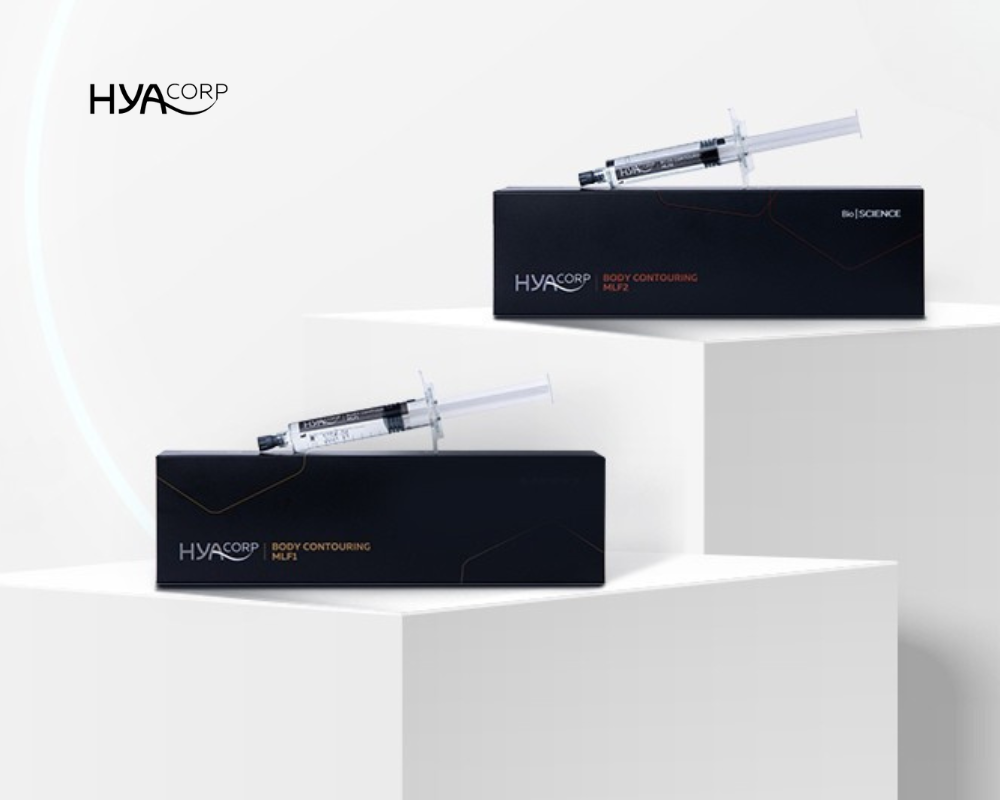

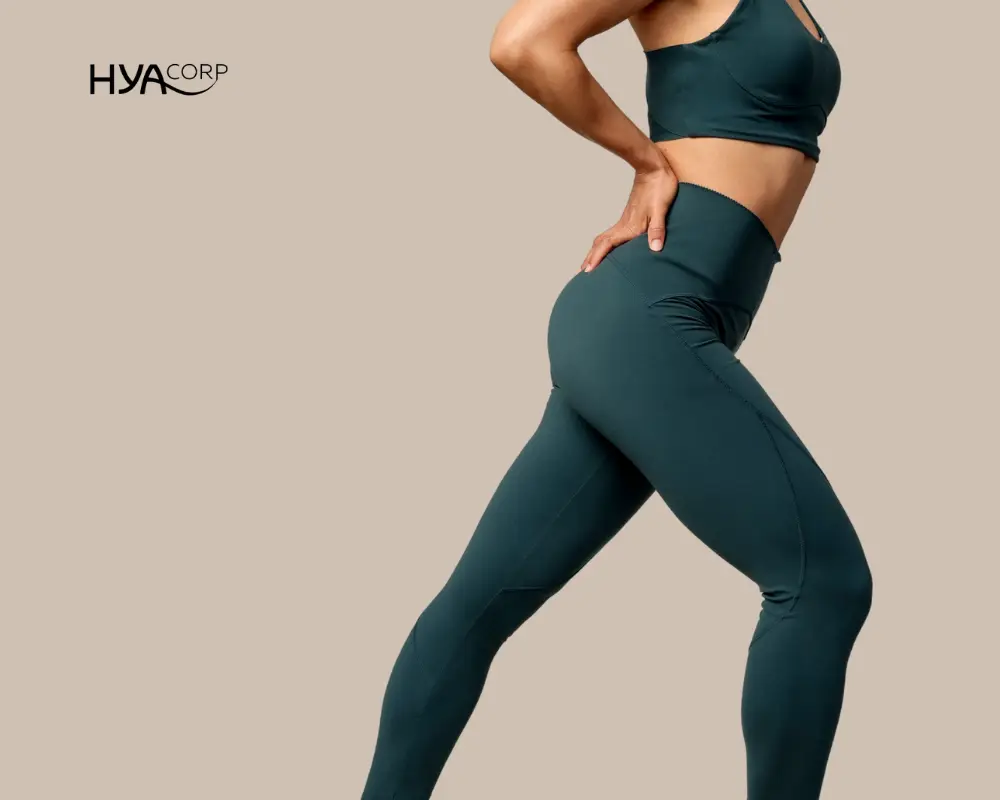
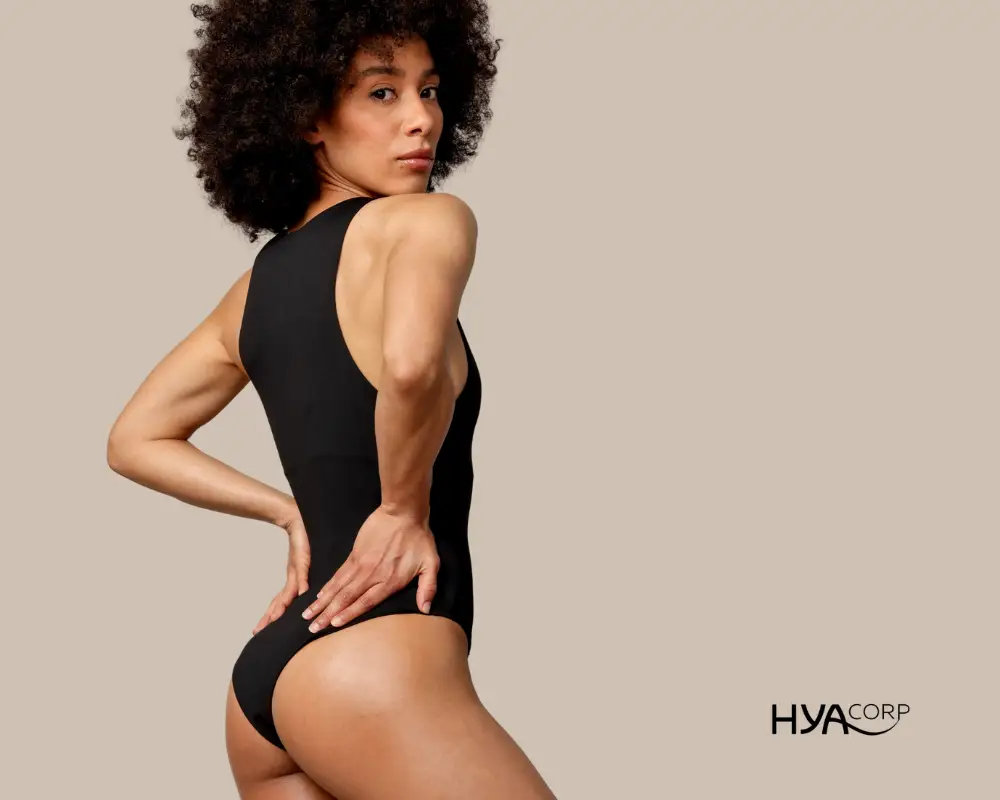
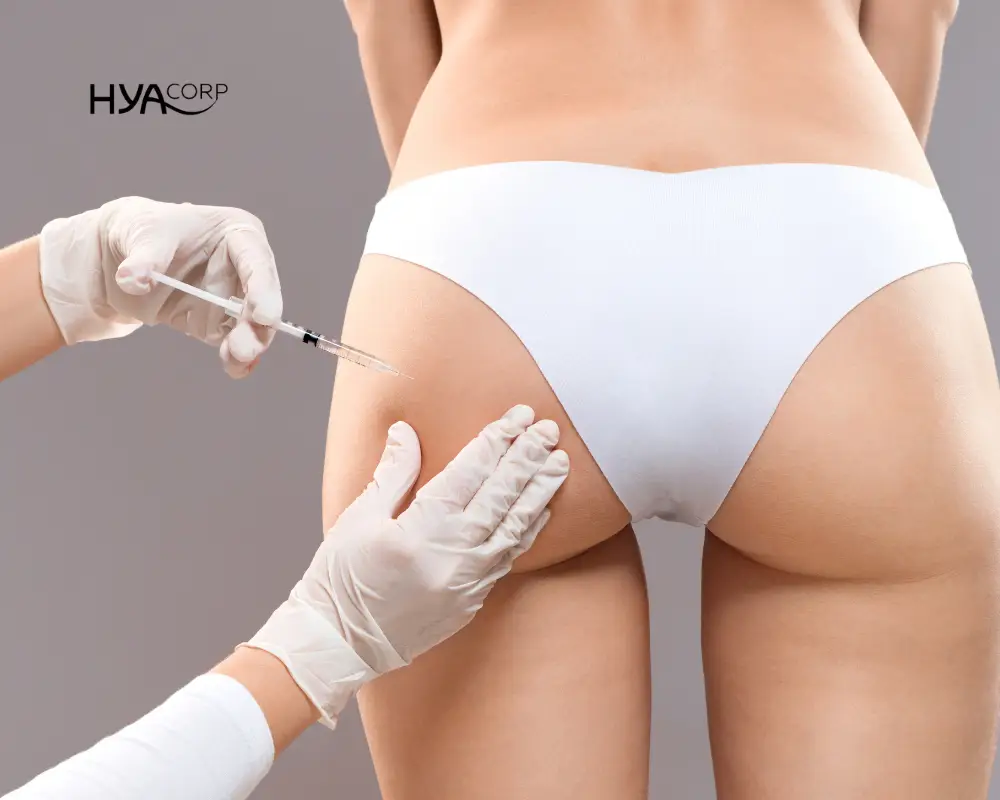
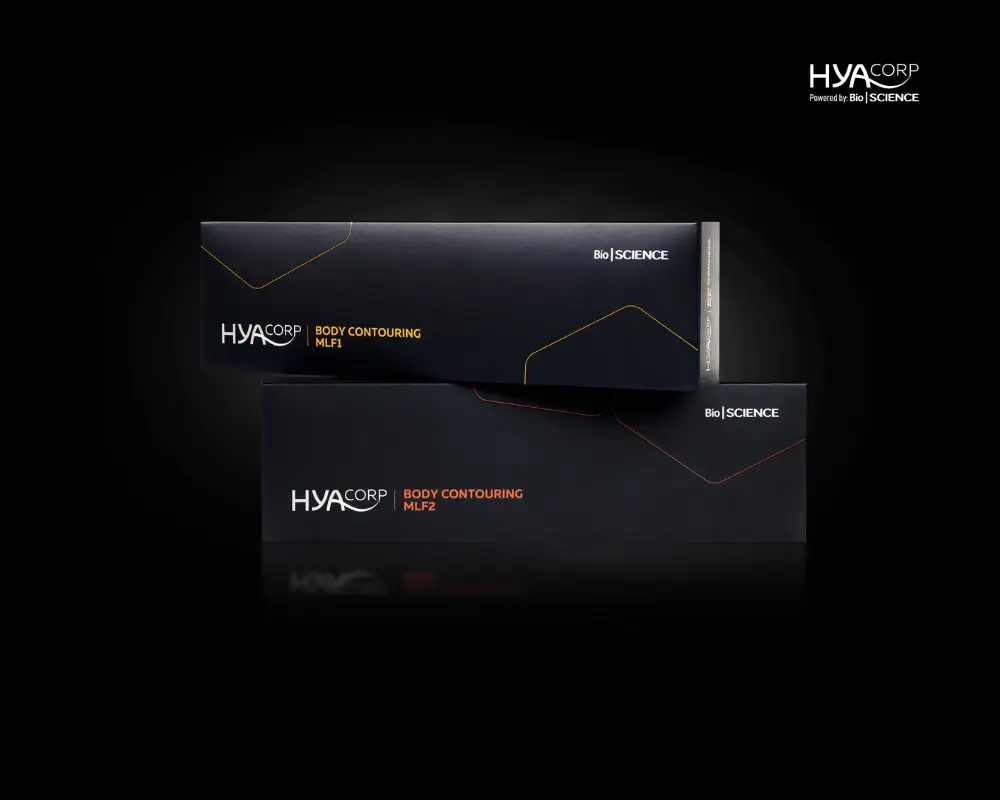
.webp)



